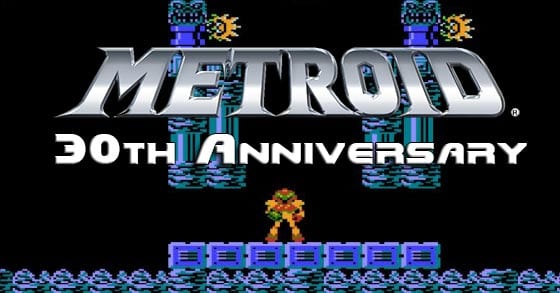The Beginning of the Legacy
You scurry across the alien rock, clutching your arm cannon with apprehension. The hum of the alarm in your ear informs you that you’re one blow away from death, and resources are scarce. Alien rock lines the hallways to a mysterious red door ahead. “One missile left,” you realize as you take aim at the door. The missile is the only way of getting through to the other side, but also one of your final means of defense. You shrug aside caution and loose the missile from within your arm. A breathe of relief escapes your lips as the red shade fades to gray and the door opens, a portal to dangers unknown.
Knowing full well that your next step may be your last, you enter the next area scanning the floors and walls for any signs of dangers. A hum in the air filtered through electricity buzzes in the darkness and a cold chill runs down your spine. The bio-weapon known as Metroid hovers menacingly above the cave floor. Thinking you’d be better off heading in the direction from whence you came, the door behind you slides shut, sealing your fate. Large mandibles extend from beneath its gelatinous body with hunger. Pure energy builds from within the confines of your cannon, but the usual comfort that charge brings is met with fear. The Metroid seems drawn to it. The creature darts through the air in a zig-zag formation and you realize you only have one shot. Despite the Varia suit’s warning, you steady your next shot and the glow of plasma blinds you to your fate.
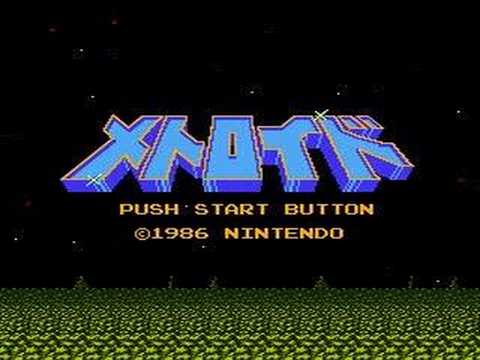
The original Metroid released on August 6, 1986 for the Famicom Disk System. Thirty years later, it has been ported to several other consoles and seen spin-offs and sequels aplenty, for better or worse. For players all around the world, the word Metroid unearths memories of fantastic adventures, hidden power-ups, and Samus Aran. But ask Nintendo, and all you’ll like be met with is, Samus who?
Despite its lasting legacy and contributions to the gaming industry, even founding a sub-genre of games predicated on exploring every nook and cranny for power-ups coined Metroidvania, the franchise has all but drifted into the vast darkness of space. What was once one of Nintendo’s flagship titles has all but been relegated to a playable character in the latest Super Smash Bros. What does the obscurity of the franchise mean for the future of everyone’s favorite space bounty hunter? Is she doomed to be a nostalgic relic of the past or does Nintendo have something up its sleeve with the upcoming Metroid Prime: Federation Force and their next console, the NX?
Riding the wave of success of the Famicom Disk System, Super Mario Bros. and the Legend of Zelda, Nintendo was looking to innovate with their next big title from their in-house development teams, R&D1. Led by Satoru Okada and Yoshio Sakamoto, R&D1 looked to combine the platforming of Super Mario Bros. with the exploration and adventure aspect of the Legend of Zelda. Inspired by Ridley Scott’s sci-fi 1979 horror masterpiece, Alien and H.R. Giger’s art direction for the film, the team decided to set the game in space with an emphasis on exploring a desolate, alien planet punctuated by looming loneliness. Thus Metroid was born.
The game was met with critical reception, no doubt due in part to the game’s subversion of the traditional platformer. Thanks to Mario games, players everywhere had been conditioned to move to the right. But in Metroid, R&D1 reversed this expectation by allowing players to journey to the right, only to have them meet with a dead-end. To advance in the game, they’d have to retread old ground in order to make progress, whether it be through means of a new power-up or finding a hidden door.

As developers crafted the subterranean tunnels of planet Zebes, they realized the inner workings of the planet resembled the Metro tunnels they commuted to work in. And during development, the game featured an android avatar that would navigate the vast underground tunnels. The titular Metroid is a portmanteau of the two fundamental elements of the game: Metro and Android. As the developers play tested levels with this android, they began to think of the person inside the suit. During this postulation, developers felt the ding of an imaginary light bulb and asked,”Wouldn’t it be kind of cool if it turned out that this person inside the suit was a woman?” You can imagine everyone’s surprise when her identity became known, despite the instruction manual included with the game using the pronoun “he” in reference to Samus. It wasn’t so much an outright lie, as it was something simply lost in translation.
Metroid Through the Years
In an attempt to innovate on new technology yet again, the team at R&D1 gathered once again to release Metroid II: Return of Samus to the Gameboy in 1991. While it was (and still is) strange for Nintendo to have released a sequel to a popular console title to handheld, the game did feature some significant improvements over the original game. Long gone were the days of passwords to retain progress. The game’s cartridge featured a battery pack, allowing players to save the game. Improvements to controls allowed Samus the ability to finally crouch and shoot, as well as jump and shooting straight down to attack enemies directly below her.
While the game is often regarded as the weakest entry in an otherwise strong franchise, it still had a favorable response at launch. Key design elements from Metroid II, like Samus’ Power Suit, would be permanently featured in later games.
The critical favorite, Super Metroid, released in 1995 for the Super Nintendo, and it’s generally heralded as the series high-point for its innovative action and platform design. While revisiting previously tread ground was nothing new in the franchise, Super innovated on this process by allowing players to upgrade their gear via optional secret locations that could not be accessed until the player had acquired new upgrades. Critics and fans alike met the game with exhaustive acclaim. Super Metroid was a delightful blend of traditional platforming with deep exploration mechanics that kept the player feeling isolated and cautious.
Suddenly, Samus and the rest of the Metroids fell off the face of the Earth, skipping the N64 and resurfacing with two different titles in November of 2002: the traditional Metroid side-scroller, Metroid Fusion, and the wildly different first-person shooter, Metroid Prime, for the Gamecube.
Fusion continued the series tradition of having Samus traverse a side-scrolling world full of secret upgrades and powerful enemies; where Fusion delineated itself from the rest of the franchise was its emphasis on story. For the first time ever, Samus had someone to keep her company and telling her what to do via communication points scattered throughout the world. The experience ultimately suffered because the game became antithetical to the fundamental nature of the series. Exploration had been all but eliminated, and players were told exactly where to go. While this detracted from the fundamental idea of forcing players to traverse an alien world alone, it added an opportunity for R&D1 to do something new.
Early in the game, Samus is infected by an X Parasite, which goes on to create a super-powered clone of her that chases her during pivotal moments in the game. Confronting the X Clone is suicide, as it can destroy you within seconds. Instead, you’re forced to run and hide, hoping it fails its search for you. This game of cat and mouse persists throughout the entirety of the game until it culminates, with a final showdown that turns the tables on the X Clone. Suddenly the hunter becomes the hunted, and all that built up tension is released as you eradicate the X Clone from existence.
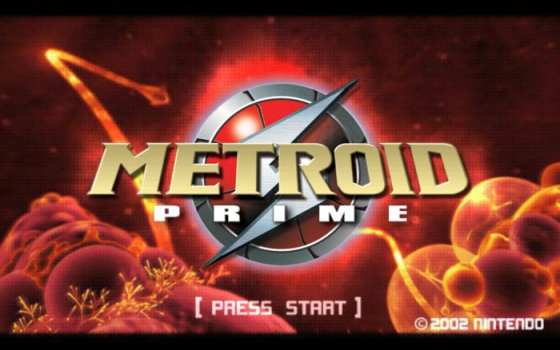
But for those wanting something entirely new and familiar at the same time, Metroid Prime released for the Gamecube on the same exact day as Metroid Fusion. Prime transplants everything developer Retro Studio’s learned upon playing Super Metroid and adapts it for a 3D environment and first-person gameplay. Unlike Fusion, Prime feels like old-school Metroid. Samus is alone, navigating a hostile environment ready to kill her at every turn. Intrigue and mystery is met with every new environment, and subtle, environmental storytelling takes precedence over the “go there, and do that” handholding design of Fusion.
Fresh off the success of two simultaneous Metroid games, Nintendo and Retro Studios were hard at work on a sequel. Metroid Prime 2: Echoes released in 2004 and was seemingly influenced by the two games that came before it. Echoes continued the tradition that the original Prime established, but melds it with the story element introduced in Fusion, a powerful doppelganger version of Samus. The game was met with the same amount of fanfare as its predecessor with one caveat: too hard! Boss fights were brutal, and environment layouts were more difficult to read and navigate accordingly.
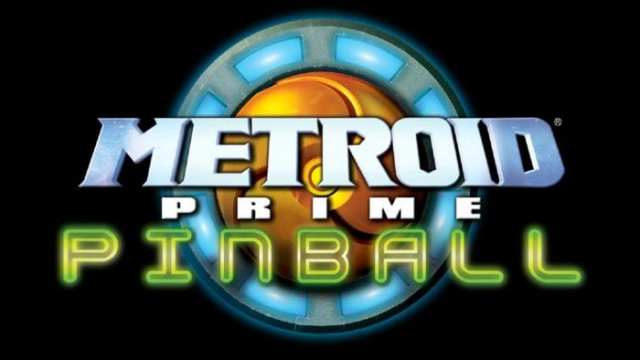
After losing some of Metroid’s momentum with spin-offs, Retro Studios released Metroid Prime 3: Corruption in 2007 for the Wii. Retro Studios attempted to push the boundaries of what they’d done with the Prime series by expanding the size of the playable areas in the game. The motion controls for the Wii made controlling Samus novel, but also the game’s biggest detriment. Unlike the precise controls of the previous games, the Wii motion controls led to some wonky movements and actions. But ultimately the game was lauded for successfully bringing the Prime series to the Wii.
With Retro Studios free, Team Ninja stepped up to the plate to bring Metroid: Other M to the Wii in 2010. The game was an amalgamation of everything that had come before. A mix of both 2D and 3D elements with a strong emphasis on story. So why do players everywhere cringe when Other M gets brought up? The problem is the series’ defining trait, Samus Aran. The strong, lone wolf devolved into a whiny damsel who relied on permission from her commanding officer to use equipment. This negative characterization of Samus is the last taste of Metroid most newer players have, so its easy to understand why the series is relegated to cameo appearances in game like Super Smash Bros.
The Galaxy is Safe… or is it?

The dramatic shift in what the series was and could be forever changed with the cancellation of the 2005 DS title, Metroid Dread. The game had been in development hell as soon as it was announced and was rumored to feature Samus, still infected by the X Parasite, escaping from Galactic Federation Force. As a direct sequel to Fusion, Dread may have revolved around the concept of cat-and-mouse scenarios introduced in the predecessor, but on a much larger scale. Instead, Nintendo seems to have clung to the handheld market for subsequent Metroid releases, including the upcoming Federation Force.
Whether or not Samus is in the game remains to be seen but fans certainly aren’t optimistic, with massive outrage over the the game due to its otherwise un-Metroid appearance. And it’s clear fans want the games to return to its side-scrolling roots as evidenced by the release of Another Metroid 2 Remake, which had been in active development for years. The game is a complete overhaul of the Metroid II, with Super Metroid/Zero Mission inspired graphics and gameplay mechanics. This released, no coincidence, on August 6, 2016, Metroid’s 30th anniversary. Nintendo has since shut the title down.
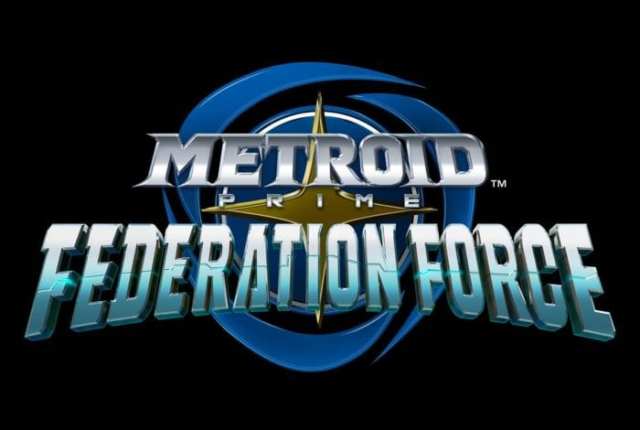
The galaxy may be safe with the final Metroid in captivity, but is it better off? Metroid fans everywhere don’t seem to think so. Perhaps Federation Force will be a charming success despite initial impressions. And maybe, just maybe, Nintendo has big plans for the intergalactic hero, Samus Aran.
